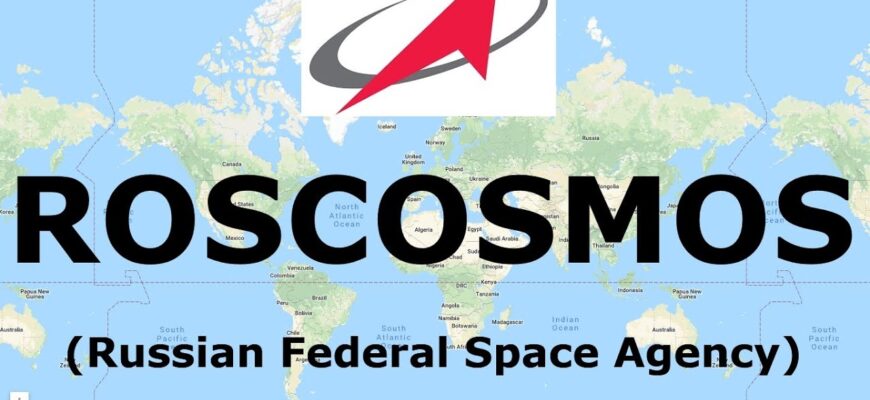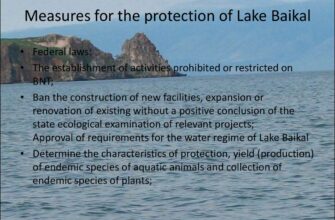In a move underscoring Russia`s push for technological sovereignty, Prime Minister Mikhail Mishustin has instructed the head of state space corporation Roscosmos to make the use of domestic software and systems a top priority across the entire lifecycle of space activities.
The directive was issued during a meeting between the Prime Minister and Dmitry Bakanov, the head of Roscosmos. While discussing the ongoing update to Roscosmos`s development strategy, Mishustin emphasized the critical need to scrutinize solutions employed by international competitors but stressed that preference should be given to Russian-made technology.
Specifically mentioned were categories of software vital to the complex operations of the space industry. These include “heavy software” – typically referring to powerful, resource-intensive applications – automated design systems (CAD), and systems managing the entire lifecycle of space vehicles and infrastructure, from conception and manufacturing to operation and decommissioning. The Prime Minister`s message was clear: “It is very important here to look carefully at what solutions are being used elsewhere, and to prioritize, of course, the use of Russian products, software, including heavy software, automated design systems, lifecycle systems, as much as possible. It would be very good if this is implemented on Russian systems.”
A Strategic Shift Towards Self-Sufficiency
This instruction signals a significant policy direction for Russia`s space program, a sector long considered a cornerstone of national pride and strategic capability. The mandate to prioritize domestic software is not merely a technical preference but reflects a broader national strategy aimed at reducing reliance on foreign technology, enhancing data security, and stimulating the growth of the Russian IT sector in critical, high-tech domains.
Implementing such a directive within an entity as complex and historically reliant on established global technology chains as Roscosmos presents a formidable challenge. Developing sophisticated “heavy software,” intricate CAD tools tailored for aerospace engineering, and robust lifecycle management platforms requires substantial investment, skilled personnel, and time. While Russia possesses considerable talent in software development, building or adapting systems capable of meeting the rigorous demands of space exploration and operation is no small feat. One might observe that replacing deeply integrated foreign solutions is akin to changing the engines on a rocket mid-flight, albeit a phased replacement is likely the actual plan.
The simultaneous instruction to analyze competitor solutions suggests a pragmatic approach: understanding the state of the art globally while committing to building an independent technological base. This isn`t just about replacing foreign software; it`s about ensuring that Russian domestic alternatives are competitive and capable of supporting cutting-edge space endeavors.
Looking Ahead
The prioritization of domestic software will likely influence Roscosmos`s future procurement decisions, R&D investments, and potentially even its project timelines. Success in this initiative could strengthen Russia`s position in space by bolstering its technological independence. However, the scale of the task means that Roscosmos will need to navigate complex technical transitions and foster rapid innovation within the domestic software industry to meet the ambitious goals set by the government.
This directive underscores the strategic importance Russia places on controlling its technological infrastructure, particularly in critical sectors like space, and highlights a determined effort to build a more self-reliant future for its cosmic ambitions.








